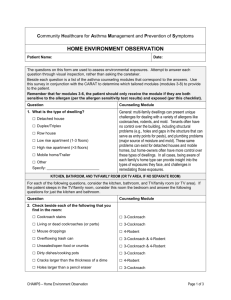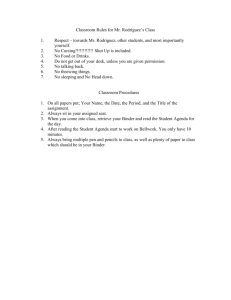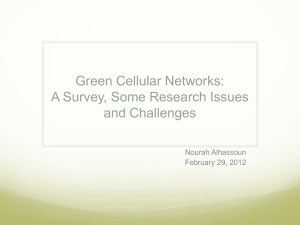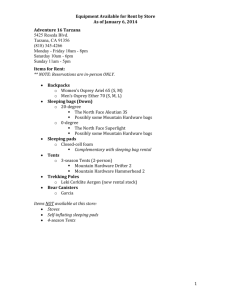Background
advertisement
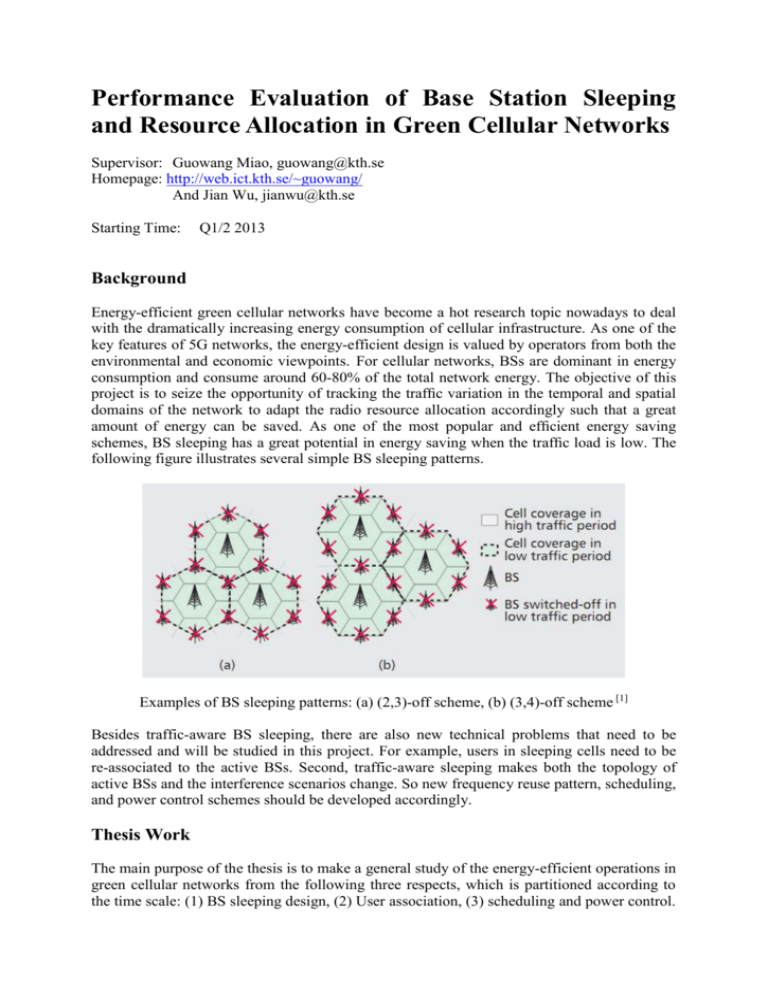
Performance Evaluation of Base Station Sleeping and Resource Allocation in Green Cellular Networks Supervisor: Guowang Miao, guowang@kth.se Homepage: http://web.ict.kth.se/~guowang/ And Jian Wu, jianwu@kth.se Starting Time: Q1/2 2013 Background Energy-efficient green cellular networks have become a hot research topic nowadays to deal with the dramatically increasing energy consumption of cellular infrastructure. As one of the key features of 5G networks, the energy-efficient design is valued by operators from both the environmental and economic viewpoints. For cellular networks, BSs are dominant in energy consumption and consume around 60-80% of the total network energy. The objective of this project is to seize the opportunity of tracking the traffic variation in the temporal and spatial domains of the network to adapt the radio resource allocation accordingly such that a great amount of energy can be saved. As one of the most popular and efficient energy saving schemes, BS sleeping has a great potential in energy saving when the traffic load is low. The following figure illustrates several simple BS sleeping patterns. Examples of BS sleeping patterns: (a) (2,3)-off scheme, (b) (3,4)-off scheme [1] Besides traffic-aware BS sleeping, there are also new technical problems that need to be addressed and will be studied in this project. For example, users in sleeping cells need to be re-associated to the active BSs. Second, traffic-aware sleeping makes both the topology of active BSs and the interference scenarios change. So new frequency reuse pattern, scheduling, and power control schemes should be developed accordingly. Thesis Work The main purpose of the thesis is to make a general study of the energy-efficient operations in green cellular networks from the following three respects, which is partitioned according to the time scale: (1) BS sleeping design, (2) User association, (3) scheduling and power control. The goal is to minimize the total energy consumption of the system while satisfying QoS requirements. The following is what we currently expect in part of the work: Literature survey of existing BS sleeping schemes and its corresponding association and scheduling techniques; Implement a simulation platform: Design or choose a dynamic BS sleeping algorithm and implement it. Analyze the impact of different parameters on the performance. Design or choose a user association algorithm and implement it. Analyze the impact of different parameters on the performance. Design or choose a scheduling or power control algorithm and implement it. Analyze the impact of different parameters on the performance. Evaluate the relationship of energy consumption and QoS (delay or blocking performance). Qualifications You should be a bright Master of Science student in electrical engineering, applied physics or similar with excellent grades, have taken courses and excel in wireless communications, wireless networks, master a certain programing language (Matlab or C/C++ preferred), have a keen interest in telecom technologies, programming, and research, have strong analytical skills, speak and write outstanding English, and be self-motivated, self-driven and communicative. Practicalities Scope: 30 points (20 weeks), 1 person Target starting date: the exact dates will be set together with the selected candidate. Location: Kista, Stockholm, Sweden [1] Z. Niu, “TANGO: traffic-aware network planning and green operation,” IEEE Wireless Commun. Mag., vol. 18, no. 5, pp. 25–29, Oct. 2011. [2] K. Son, H. Kim, Y. Yi, and B. Krishnamachari, “Base station operation and user association mechanisms for energy-delay tradeoffs in green cellular networks,” IEEE J. Sel. Areas Commun., vol. 29, no. 8, Sep. 2011.


